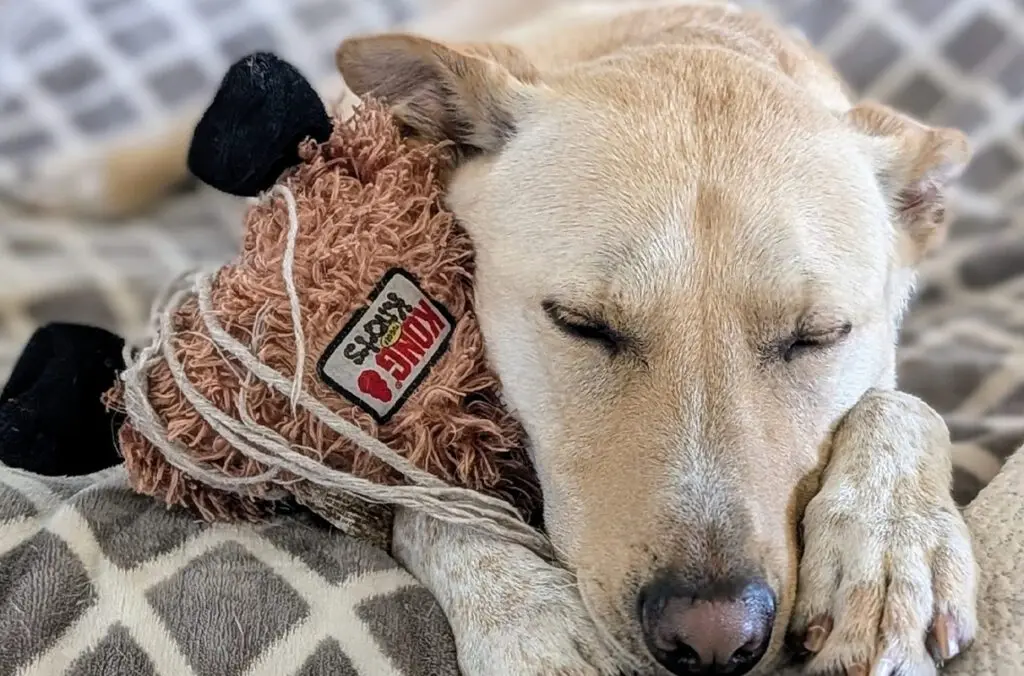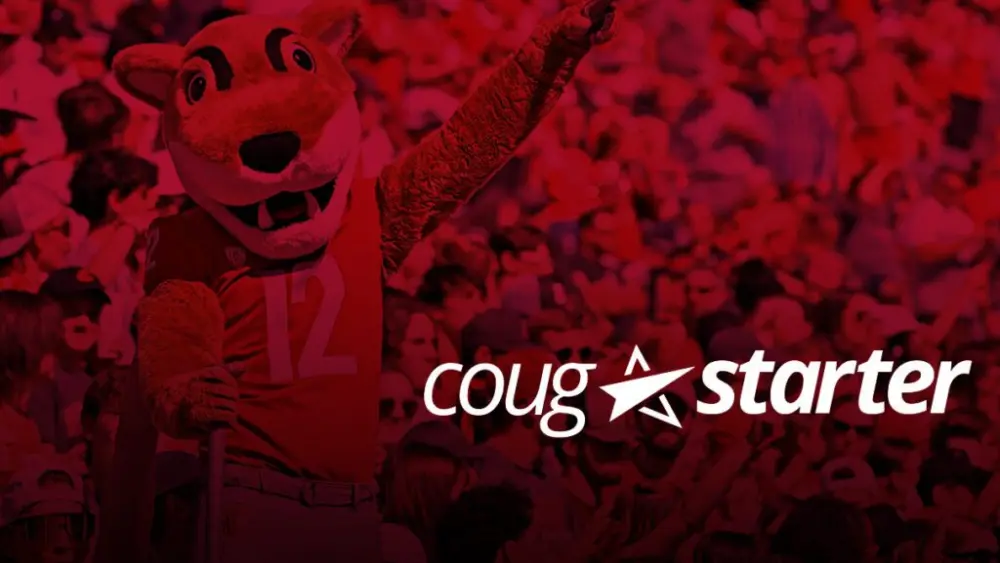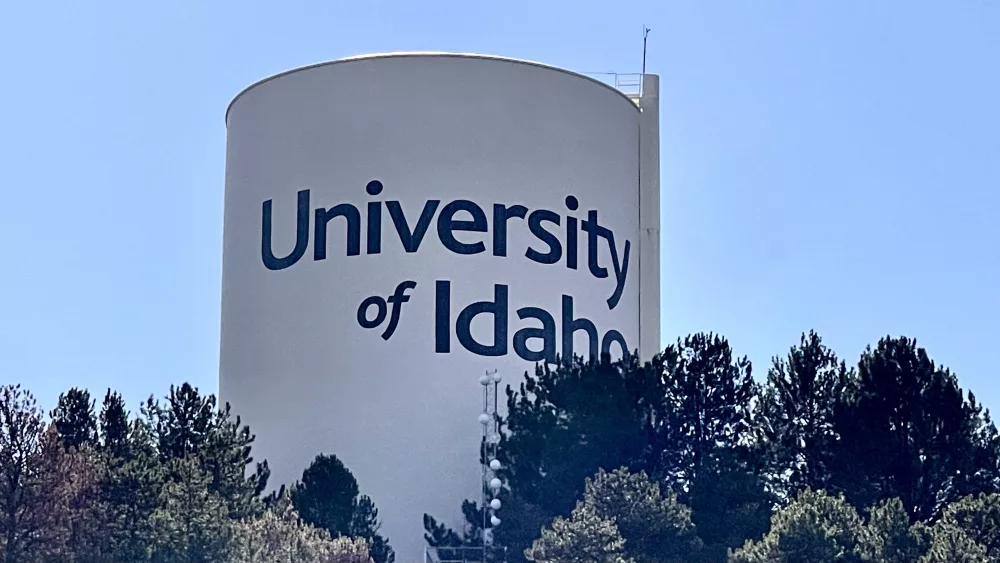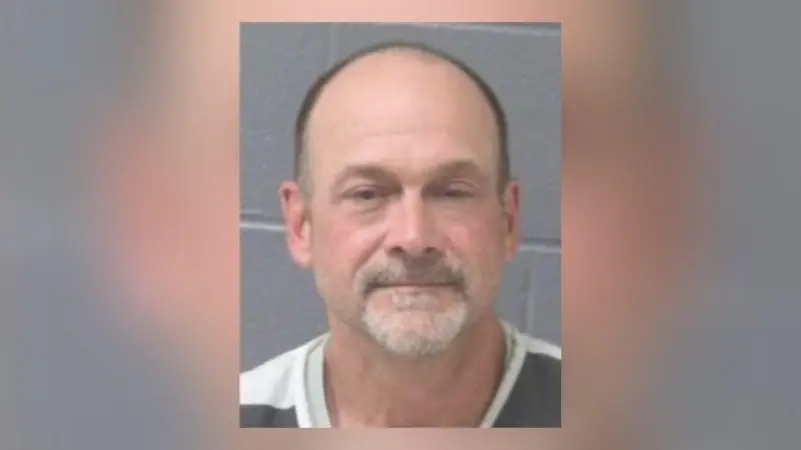PULLMAN, WA – Allison Waters heart sank when she found the gate to her backyard cracked slightly ajar on a cold February day earlier this year.
The quiet in her house suddenly made sense — her 2-year-old shepherd mix, Teddy, had clearly taken it upon himself to go for the morning run Waters had uncharacteristically elected to skip.
That run would end in disaster and nearly cost Teddy his life. Only blocks from home, he was struck by a vehicle, leaving both of his front legs shattered — and raising serious concerns about whether he would fully recover. Thanks to the orthopedic surgery team at Washington State University’s Veterinary Teaching Hospital, however, Teddy is back to his happy and curious self, chasing his favorite soccer ball and eagerly joining Waters for their morning outings.
“I recommend WSU all the time now,” Waters said. “Everyone was so kind, and you could tell they really cared about Teddy. It was a hard time, and they made it easy.”
I recommend WSU all the time now. Everyone was so kind, and you could tell they really cared about Teddy. It was a hard time, and they made it easy.
Allison Waters
Teddy was initially treated nearby at a Spokane emergency clinic, where his forelimbs were stabilized and he was given pain medication before being sent home. There, Waters did her best to keep him still while she worked to find a veterinarian equipped to handle such severe injuries.
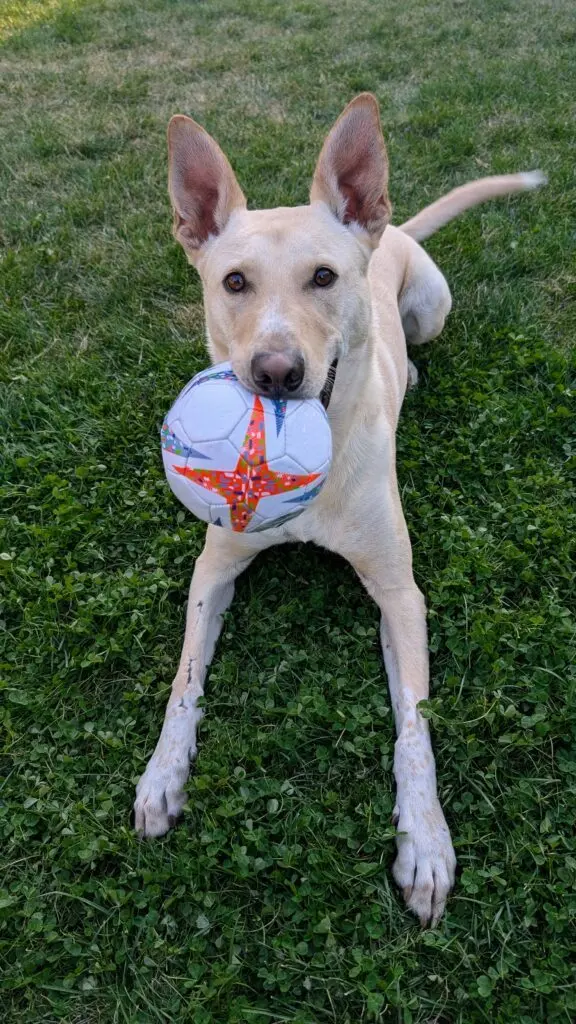
“It was a stressful time,” Waters said. “It’s a helpless feeling because you know they’re in such pain. You just feel so powerless when your dog is hurting.”
Fortunately, Waters secured an appointment only days later at WSU, where the board-certified and well-equipped orthopedic surgery team was able to successfully treat Teddy.
Teddy’s case was complicated due to his bilateral forelimb fractures, with one leg presenting an open fracture and the other a closed fracture.
“Because one was open and the other closed, we decided to repair them differently — a plate and screws on one side, and an external fixator on the other to minimize infection risk and support proper healing,” said Dr. Bettina Darveshi, a surgeon in the orthopedic service.
The choice of using an external fixator on the open fracture allowed the surgeons to stabilize the leg without opening the wound, lowering the risk of infection. The closed fracture was repaired with a T-plate and screws, which provided strong internal stabilization.
The surgeries were performed over two consecutive days, and Teddy was discharged three days after. Dr. Joanna Acosta, who is completing her surgery residency at WSU, assisted with both procedures and kept Waters updated with Teddy’s progress.
“The service was exceptional,” Waters said. “Dr. Acosta explained everything and sent pictures. She was wonderful, but so was everyone else. It felt like everyone truly cared about Teddy.”
Recovery required strict activity restrictions and diligent care, which included Waters, a nurse by trade, cleaning around Teddy’s surgical hardware daily. She also made regular trips back to WSU for pin adjustments and imaging.
“They slowly and incrementally increased his activity,” Waters said. “In the beginning, it was just short leash walks a couple times a day. By the end, we were up to three or four walks a day, 30 to 40 minutes each. I was like, that’s two hours of walking. It seemed like a physical therapy plan written by a dog for a dog.”
By late May, both legs had fully healed, and Teddy returned to all his favorite activities. He is not expected to have any lasting impacts from his injuries.
“He’s completely back to who he was,” Waters said as she tossed Teddy his favorite soccer ball almost a year to the day of his accident. “The WSU team made all the difference. Every single person — from surgeons to students to the receptionists — treated us with kindness. I can’t thank them enough.”

